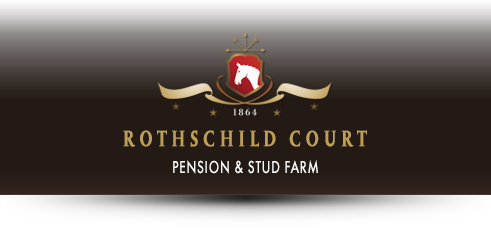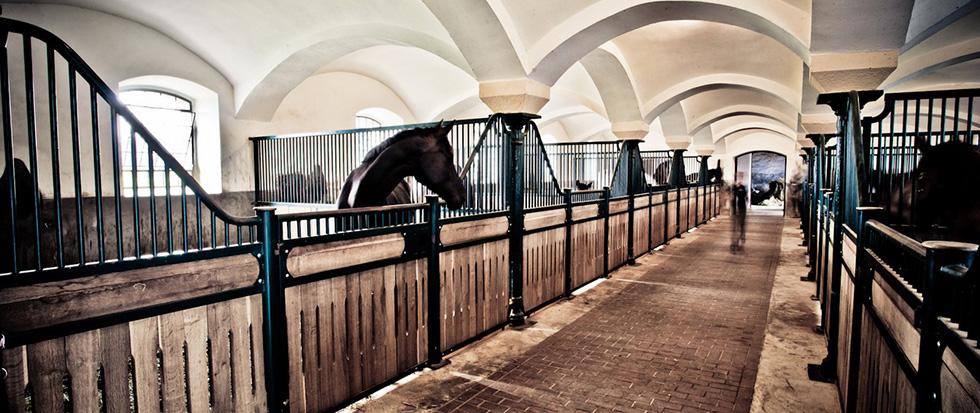Castles and Chateaus
Hradec nad Moravicí – Raduň – Kravaře – Dolní Benešov – Velké Hoštice – Hlučín – Vikštejn – Sovinec – Hukvaldy – Štramberská trůba
The chateaus and castles of Silesia Region around Opava town have a glorious past and pride themselves upon their inimitable architecture. Most of them are surrounded by well-preserved manor parks or gardens with exotic trees and hold various events.
Red and White Hradec nad Moravicí Chateaus
Originally early medieval stronghold had been rebuilt several times and gained its today appearance at the end of the 19th century when it was reconstructed in romantic Tudor gothic style and completed with White tower, Red Chateau and decorative castle walls. Inside the chateau, there is a sculpture gallery and also the Memorial of L. van Beethoven and F. Liszt who visited the chateau as it was an important cultural centre. The Chateau is situated in beautiful natural scenery and we recommend it for every generation.
Raduň Chateau
Originally it used to be a Renaissance building rebuilt into an exquisitely furnished Classical residence. In the 2nd half of the 19th century, the exterior and interior underwent extensive reconstruction. The chateau is surrounded by a large park with numerous ponds. The park is enriched by small Empire style building structures. Our tip: We recommend it for a visit. Permanent exposition/guided tour
Kravaře Chateau
In 1721-28, the local chateau was reconstructed by Eichendorff family in the supreme baroque style and now it is known as the pearl of Silesian baroque. We invite you to visit the chateau exhibition and to walk through the chateau park with rare trees, little streams and ponds. Or you can play golf on the local nine-hole golf course in such an old-world environment.
- chateau, museum, park
- permanent exposition/guided tour
The chateau exposition presents the lifestyle of the Eichendorff family in the 18th century and facilitates visitors to get acquainted with the life of inhabitants of Kravaře and Hlučín region.
Our tip: Kravaře is the real place for golfers and cyclists offering a wide range of restaurants and facilities where to spend your leisure time (Aquapark and original architecture).
Dolní Benešov Chateau
Originally a Gothic fortress from the 16th century, rebuilt into a Renaissance Chateau in the 17th century; in the 19th and 20th century it underwent extensive reconstruction (Henneberg, Lichnovský, Rothschild families). During the 2nd World War it used to be a concentration camp for the Poles. After the War the building served as a school. Nowadays the municipality office is situated there. The Chateau is surrounded by an English-style park dating back to the 19th century.
Velké Hoštice Chateau
A Late-Gothic chateau built in the 18th century in place of an old 16th century one. It was owned by the family of Lords of Kravaře. In the 19th century, a west-situated wing was added and the park was extended. Nowadays it serves for commercial purposes as a romantic place intended mainly for social events.
Hlučín Chateau
The castle is situated in a town of the same name in the south of Silesia. Some rests of the town fortification from the end of the 15th century and beginning of the 16th century are preserved until these days. At the beginning of the 17th century the family of Bruntál from Vrbno built here a Renaissance chateau. Later on, the three-wing building was rebuilt in 1733. Since 1845 it served as a seat of the Rothschild family. Today there is a museum with many expositions, including an exposition of the town history, education programmes and the museum also releases information materials.
Castle ruins of Vikštejn
Ruins of the castle are standing above a romantic valley of the Moravice river near Vítkov town not far from Opava city. The castle was built during the 13th and 14th centuries by Vítek from Kravaře, and it was used till the 18th century when a new Chateau of Dubová was built and Vikštejn was left unchanged. During that period it turned into a ruin; today only the remains of some of the walls, mysterious dungeon basements and a repaired lookout tower are still standing.
Sovinec Castle and Rešov Waterfalls
The Sovinec castle complex in the Bruntál District was founded around 1332. At the turn of the 15th century, a Late-Gothic Palace was built in the fifth courtyard of the Castle. In 1624 the Castle was acquired by the Order of German Knights. In 1643 Sovinec failed to withstand a Swedish assault. The Castle was partially renovated after a fire in 1784. During World War II Sovinec served as a prison and a base for an SS unit. In 1990 its repair was initiated, and visitors to Sovinec Castle can now see the Knights´ Hall, underground spaces in the South Palace and in the rock below the Upper Castle, as well as the Castle wine cellars and food stores. In beautiful nature not far from Sovinec you can enjoy the energy of Rešov Waterfalls.
Our tip: Have a nice day with the whole family, regular cultural – historical events, fighting and fencing shows, occasional fairs and historical crafts exhibitions take place there.
Hukvaldy Castle Ruins
Ruins of a former large fortified castle from the 13th century; In the following four centuries the Olomouc bishops extended Hukvaldy into a mighty fortress with five cannon bastions, which proved itself as a stronghold during a Danish blockade and double siege by the Swedes in the last phase of the Thirty-Year War. After the fire in 1762 the Castle was dilapidating. Nowadays it is a partially reconstructed Castle ruin, one of the biggest in the Czech Republic. The life and work of the composer Leoš Janáček is closely tied to the town of Hukvaldy. His native house has become his memorial. Today the romantic ruin attracts many cultural events e.g. Janáček Hukvaldy. In beautiful nature in the game park under the Castle you can see fallow deer and moufflons.
Our tip: We recommend the place for romantic and family trips.
Štramberská Trůba Ruins
The Castle was established at the end of the 13th century. It was abandoned in the 16th century and became dilapidated. Today the remnants of fortifications are preserved as well as the Gothic tower of the Castle, called the Trůba, which serves as a lookout with a beautiful view on the Beskydy and Jeseníky mountains.











